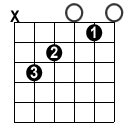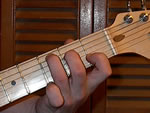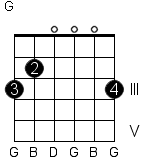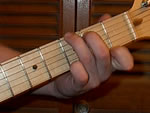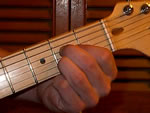Introduction To the C,A,G,E, and D Basic Guitar Chord Patterns
There are 5 basic major chord patterns on the guitar. These basic chord patterns are the C, A, G, E, and D chords. There are also minor chord version of these 5 basic patterns.
You’ll notice that there are chords that seem to be missing such as F chords and B chords as well as chords with sharps or flats. Well, these chords don’t have their own patterns. To play them (and all the other major and minor chords for that matter) you have to use a barre chord. Barre chords are movable versions of the the 5 basic guitar chord patterns found on this page. Your first step in mastering guitar chords is to master the chords on this page.
When you’ve got them down, it’s time to learn their movable versions and how to apply them to the fretboard.
The 5 Basic Major Chord Patterns
Learn and memorize each chord pattern. Take your time to insure that you are playing them correctly. Each pattern is accompanied a picture of the chord being played and an audio sample of what the chord sounds like when played properly.
Please visit How To Read A Chord Diagram if you don’t know how to read the diagrams on this page.
About The Audio Samples…
You’ll notice that in the audio samples that the chords are played one note at a time. This is so that you are able to listen to each individual note that makes up the chord so you are better able to insure that you are reproducing the chord correctly. Normally you would play all the notes in the chord simultaneously with a single stroke of your pick.
C
G
D
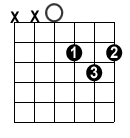
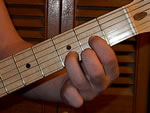
A
E
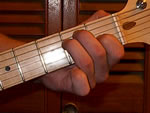
Learning to play guitar chords can be a challenge for beginners. If you are having difficulty playing chords stick to practicing the five basic guitar chord patterns found on this page. Practice changing from chord to chord and use a critical ear to be sure each note is sounding clearly. You don’t want the notes to sound muted or dead. Each note should ring out clearly.
